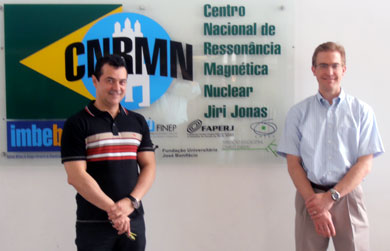Welcome to Daedalus Innovations
Daedalus Innovations is the leading provider of high-pressure NMR tubes and flow cells, and offers the highest performance in overburden rock core cell apparatus.
Our Mission
We offer leading edge tools to utilize high pressure in NMR based studies. High active volume coupled with high pressure tolerance opens a host of applications in areas as diverse as petroleum chemistry, structural biology and quantum computing.
Daedalus Innovations is the only provider of seamlessly integrated pressure generation and robust large active volume high resolution NMR cells rated to operation at pressures as high as 3 kbar.
We are also a leader in the development of the overburden rock core cells for NMR and MRI for comprehensive reservoir analysis for EOR and carbon storage applications.
Our Designs
Daedalus Innovations has entered a new arena of high pressure NMR/MRI applications with the development of a biaxial overburden cell that is critical to analysis of rock cores derived from petroleum exploration. The Daedalus cell offers the highest pressure and temperature performance, and works for NMR and MRI applications.

We have just introduced a revolutionary new rock core cell that offers superior pressure and temperature capabilities in a remarkably easy to use patented design.
Our patented designs and proprietary manufacturing techniques place us in a truly unique position. We can now enable your work with high pressure NMR.
The Daedalus Innovations’ high pressure NMR cells are truly a class by themselves.
